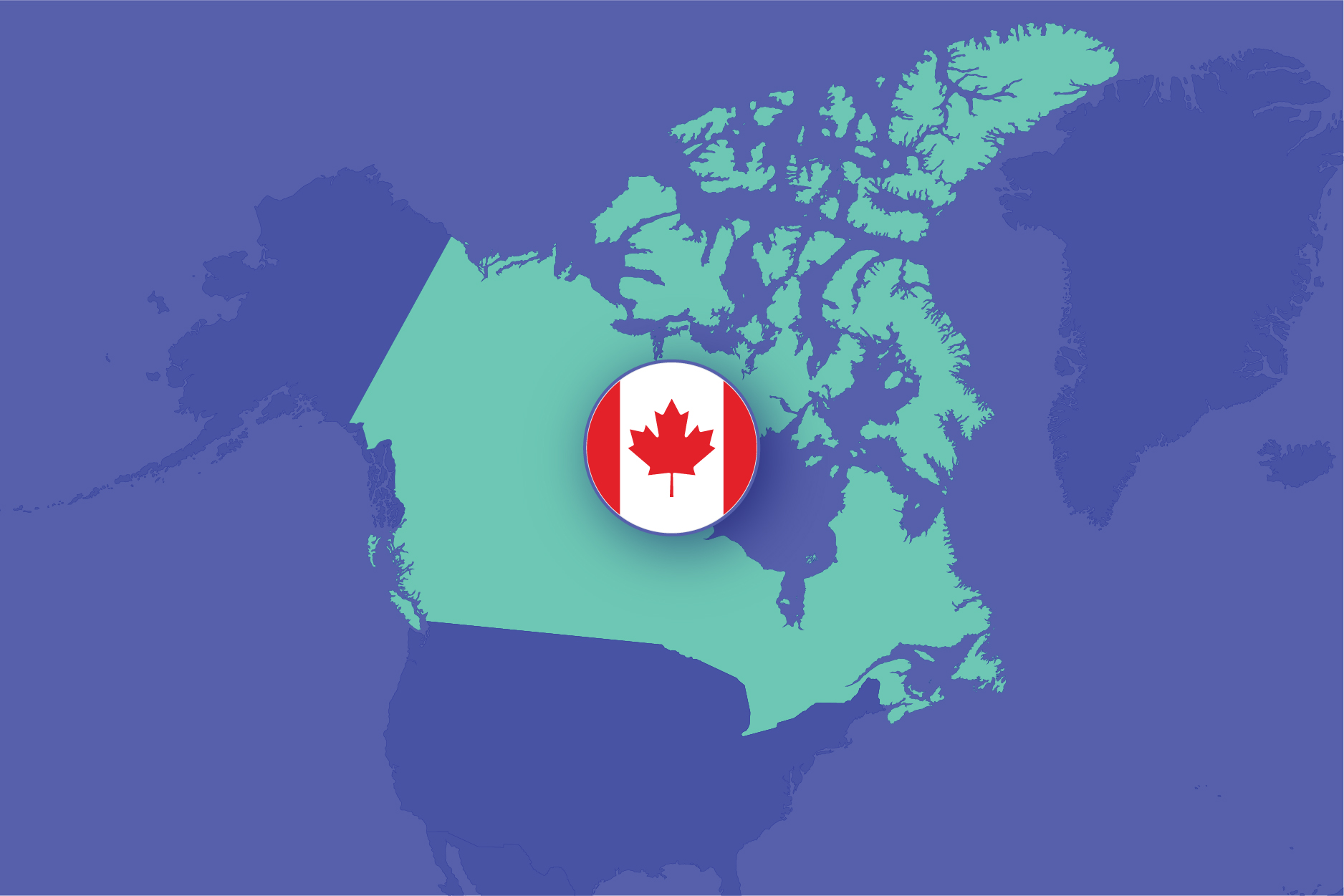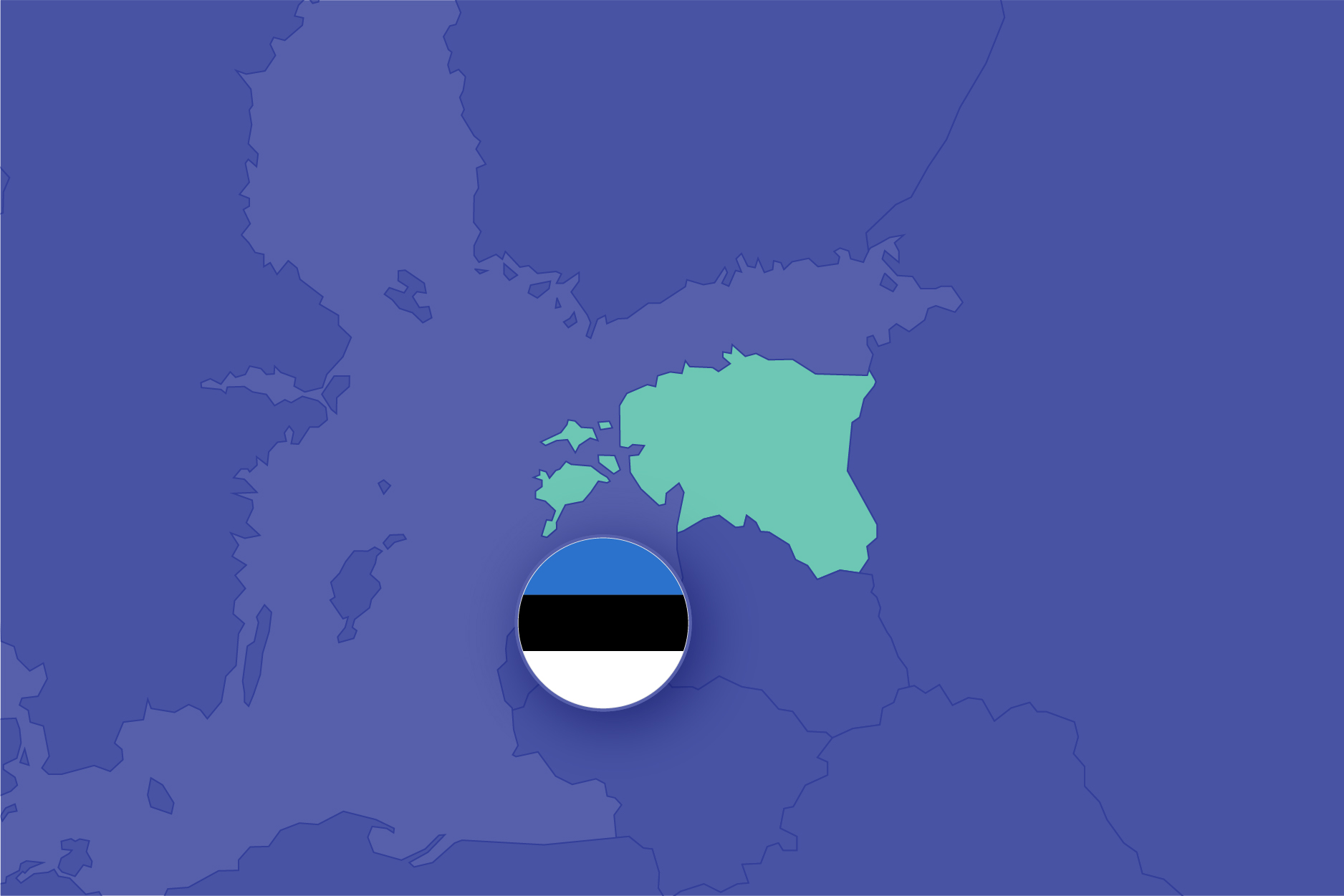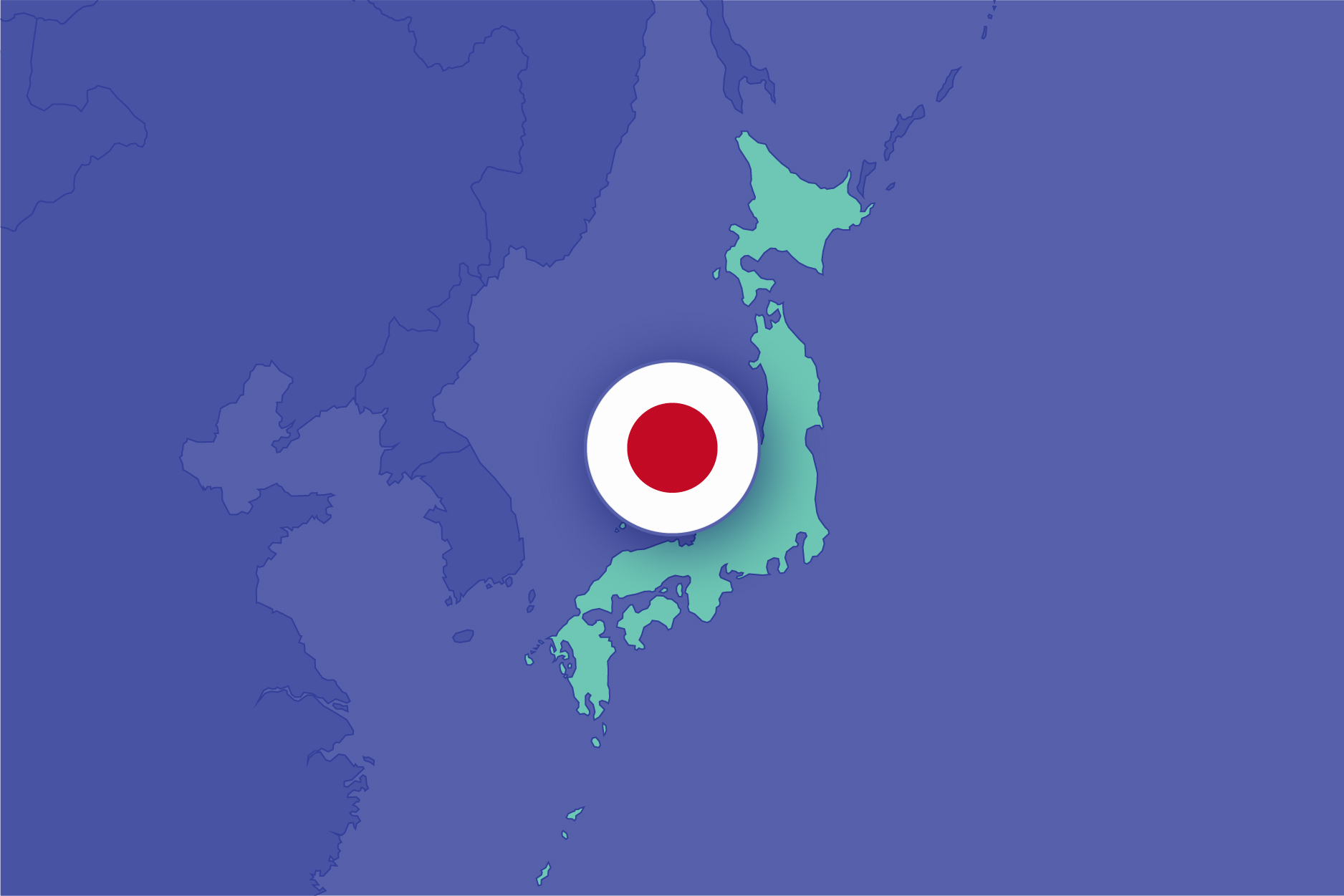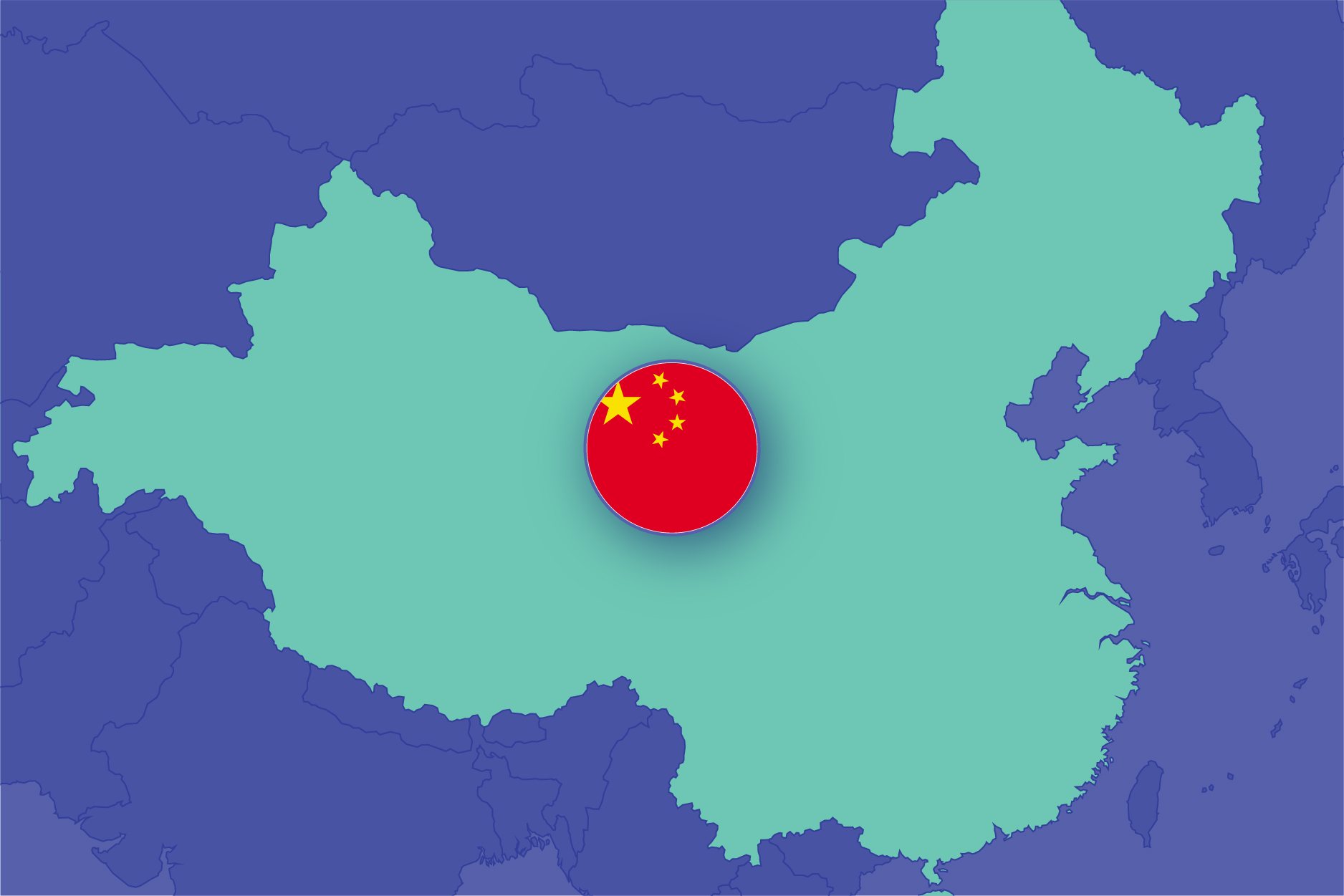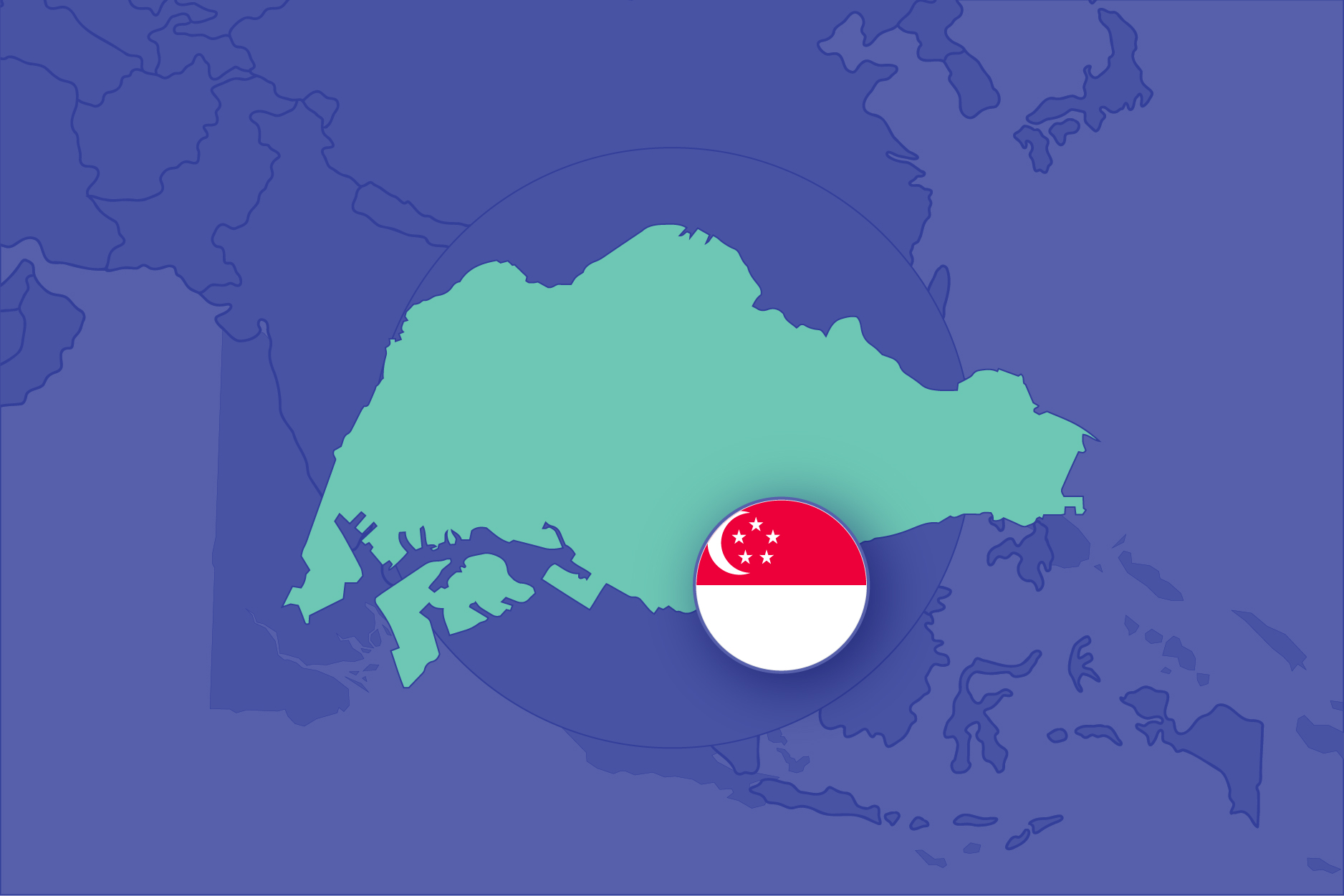Poland
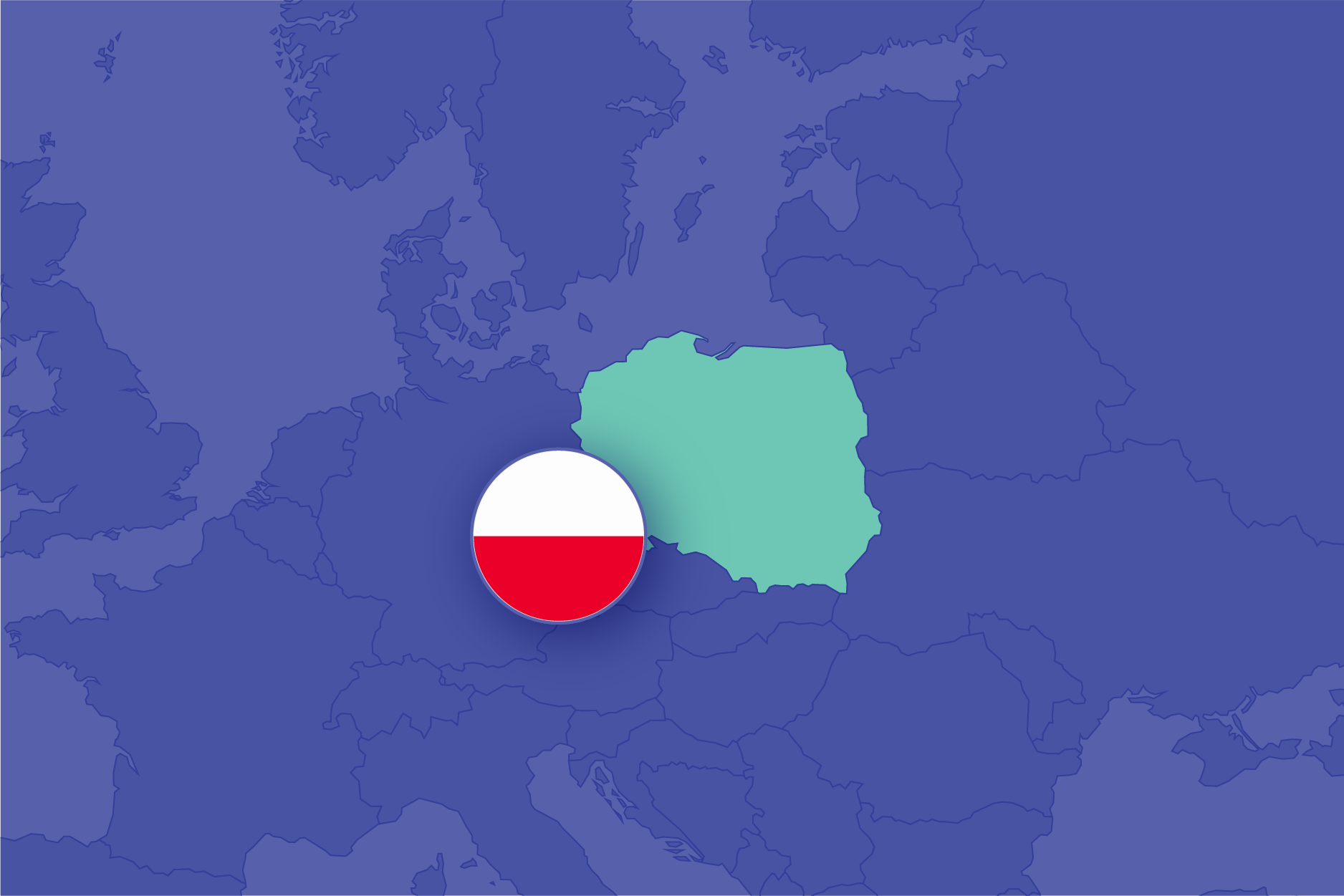
Context
In just three decades since the fall of communism, Poland has transformed from a centrally planned economy into a highly diverse, free market economy. As part of this change, Poland instituted a series of major school reforms aimed at expanding access to quality education for its students. In the early 1990s, more than 60 percent of adults living in rural areas had only a primary school education. Now, the share of adults with less than an upper secondary education has dropped below 8 percent. Similarly, in 2000, Poland scored below the OECD average in all three PISA subjects. By 2012, Poland had joined the top performers in science and reading. In comparison to other jurisdictions, the country’s performance continued to rise on the 2015 and 2018 PISAs, situating Poland among the top performers on the latest PISA in all three subjects. Still of concern in Poland is the fact that socioeconomic status predicts test performance at about the OECD average, and there have not been significant improvements in this measure over the past two rounds of PISA.
PISA 2022 Mean Scores
After the end of World War II, Poland remained a Soviet satellite state with a centralized education and training system focused on preparing workers for long-term, guaranteed employment. With the fall of the communist government in 1989, Poland began transitioning to a parliamentary democracy with a western economy. At the time, the country offered an eight-year basic school and three types of secondary schools: a four-year academic school, a five-year technical school, or a three-year basic vocational school. Reforms in 1999 changed this structure. Poland made primary school six years and created a universal three-year lower secondary school, providing students with a longer common academic foundational experience before choosing an academic or vocational secondary program. Poland also opened a path from secondary vocational school to university. In addition to these structural changes, Poland revised its curriculum to make it less prescriptive and give teachers more flexibility to adapt it to their students’ needs and introduced national exams at the end of primary and lower secondary school to measure student progress on the curriculum.
Poland implemented a second round of reforms in 2009 that pushed back the start of compulsory schooling to age 6. This change coincided with an effort to increase participation in early childhood education, particularly in rural areas. Poland committed to making early childhood education available to all 3- to 5-year-olds, and as of 2018 enrolled close to 90 percent of four- and five-year-olds. There is now a national core curriculum for preschool education.
A shift in Poland’s political leadership in 2015 brought substantial changes to education reform. The socially conservative Law and Justice party (PiS) abolished the three-year lower secondary school and re-introduced an eight-year basic school for all students. It also created a common first year of general education for the academic and technical secondary schools and revamped the programs offered in the basic vocational schools. The updated vocational options are intended to tie training more directly to employer needs and provide broader access to higher education overall. This new structure will be fully implemented in 2023-24.
In general, Poles have been supportive of the secondary vocational reforms. However, parents, teachers, and students pushed back on the closing of lower secondary schools, which struck many as unnecessary and overly abrupt. Polish teachers have also experienced frustration over pay. Their salaries are the lowest in the European Union, and the PiS has been reluctant to agree to significant pay raises. In April 2019, Polish teachers went on a 20-day strike, the longest national walkout in postwar Poland. Negotiations failed, and teachers returned to work.
Quick Facts
Governance
Governance Structure
Until recently, Poland had two separate education ministries. The Ministry of National Education was responsible for preschool, primary, and secondary school education, including vocational education. The Ministry of Science and Higher Education was responsible for post-secondary education. In 2021, Poland consolidated the ministries into a single Ministry of Education and Science in an effort to improve efficiency and coordination.
The Ministry sets national regulations for the minimum hours students must be in school; designs the national curricula and exams; establishes criteria for textbooks; and sets guidelines and performance ratings for school inspections. It also sets wage levels for teachers.
In Poland, there are 16 provinces (or regions), almost 400 counties and over 2,400 municipalities (or local governments). Most major cities are both a county and a municipality. Each tier of government has different areas of responsibility:
- The regional education authority supervises all schools in the region including postsecondary institutions, including conducting school inspections, and implements national education policies.
- Counties are responsible for the administration of secondary schools, including vocational schools, and schools for children with special needs.
- Municipalities establish and manage preschools and primary schools. They oversee school facilities, decide when to open and close schools, set school budgets, hire and dismiss principals, and determine school staffing.
Schools develop their own curricula based on the national core curriculum, hire and fire their own teachers, and select their own textbooks from a list approved by the Minister of National Education. Schools also establish their own teaching councils, which are made up of at least three teachers, as well as members of the school administration, including principals. Councils are responsible for the approval of curricular plans and decisions related to grading and promotion of students. They also provide guidance on the organization of school activities.
Planning and Goals
Poland does not have a regular process for setting national education goals. However, when the current government adopted the Responsible Development Strategy in 2017 (for the period up to 2020, with a view to 2030) it identified education as a key element of Poland’s “inclusive social and economic development.” The document, prepared after consultation with a wide range of stakeholders and the public, does not articulate specific educational goals, but in proposing solutions to the skills gap in the marketplace notes that “emphasis must be put on creativity, innovative thinking and the use of new technologies as well as adjusting vocational education to the requirements put forward by the modern economy.”
Education Finance
Education funding includes state budget subsidies that are both general and targeted (for school textbooks and learning resources, for example); local government resources; other public funds; and European Union funds. The core state educational grant is awarded to each municipality based on a complex formula that factors in the general cost of schooling by level (primary, secondary), estimated teacher salaries, materials and other expenses, and a per-student cost. The per-student portion is weighted to adjust for the higher costs of serving students with special needs, new immigrant or those in rural areas. While the national government supplies the majority of school funding, municipalities can use revenue from taxes and local fees as a supplement. The local government or region has full autonomy in determining a budget for each school.
While the vast majority of Polish primary and secondary schools are public, private schools, including religious schools, also receive public funding from local government budgets.
As part of the 2017 reforms, the government stopped funding vocational schools on a per student model. Instead, funding depends on which occupational programs a school offers, with more expensive programs funded at a higher level. The 2017 law also increased state subsidies to vocational schools and participating employers training students in high-demand fields such as IT. The subsidies are paid to county governments, which direct them to the appropriate schools.
Accountability
School Accountability
Poland implemented an inspection system for preschools, primary schools, and secondary schools in 2009. The purpose of the system was twofold: to identify underperforming schools, and to raise the visibility of strong performers, thereby highlighting good practice. The legislation does not provide specifics on how and when inspections should occur, leaving each Regional Education Authority (REA) to design its own schedule. The REA appoints an inspection panel of expert educators who are trained in the inspection process and conduct site visits to meet with school staff and key stakeholders and to observe classes. At the end of each visit, the team presents findings to the school’s teaching council and submits a report to the REA. When a school is found to be underperforming, the head of the REA instructs the principal to develop a plan for improvement. Principals who fail to improve their schools may lose their jobs—or, in the case of a non-public school, the school may lose its permit and be closed down—although it is unclear how often this happens. Inspections cover a range of topics including implementation of the curriculum, development of student behaviors and attitudes, partnerships with parents, and organization of work as well as examination results. School self-evaluation based on school plans are part of the process.
Reports on individual schools based on these inspections are posted on a national public website. Student results on national examinations are included in these reports, including value-added scores to show student progress over time at the school. Student results for individual teacher level are not available to the public but are available to principals.
Teacher Accountability
Until 2017-18, Poland distinguished between two types of teacher evaluation: performance assessment (an evaluation of teaching ability) and assessment of professional achievements (a measure of how much professional development a teacher has undertaken for the purpose of promotion). Since then, Poland combined these into a new form of teacher performance appraisal. This appraisal is now required
- at the end of the probation period leading to promotion to the next salary stage (contract, appointed, or chartered teacher positions); and
- every three years for general feedback from the school principal.
Teachers are rated as either outstanding, very good, good, or negative. They must receive at least a “good” rating in order to be promoted. Going forward, chartered teachers who receive an outstanding performance appraisal will receive a salary “top-up allowance.”
Foundation of Supports
Supports for Young Children and Their Families
Poland has had paid maternity leave since 1981. In 2003, it introduced a more generous family support system public childcare options for young children and longer work leaves, including paternity leave. In 2016, amendments to the Polish Labor Code doubled the amount of time parents can take off from work following the birth of a child: up to 14 weeks of maternity leave and up to two weeks of paternity leave. The amendments also introduced the concept of paid parental leave, available to either parent for up to 32 weeks. Parents can use the leave until the end of the calendar year in which the child turns 6 and may use it in a lump, divide it into parts, or combine it with part-time work.
In addition, the central government provides each family with a monthly child-raising allowance until the child turns 18. Poland’s National Health Fund (NFZ) provides publicly funded health insurance coverage for almost all Polish citizens through their employers. Uninsured pregnant women and children also receive coverage through the NFZ. Coverage for pregnant women continues through childbirth and the postpartum period.
Poland has long faced a shortage of childcare slots. In the early 1990s, Poland decentralized responsibility for childcare provision to municipalities, and many dealt with budget shortfalls by closing childcare centers. To address this, the central government began allocating grants to municipalities to cover the cost of childcare for children under age 3, principally through program Maluch Plus. That same year, the Act on Care for Children Under the Age of Three mandated an increase in the number of childcare slots as well as subsidies for both public and private care to accommodate working parents.
In recent decades Poland has also focused on developing and improving access to childcare for children with disabilities and special care needs. In 2018, the government tripled its investment in Maluch Plus to address a lingering shortage of places in childcare centers, but this issue remains a challenge for Poland. Even if a municipality can afford to build a new public childcare facility, it may be reluctant to make a commitment to the ongoing costs of operating and subsidizing the center as many parents cannot afford to pay tuition.
Supports for School Aged Children
While public education is free in Poland, the government provides income-tested supplemental family allowances to defray expenses at the beginning of the school year, for students traveling to school, and for households with more than three children.
All children up to age 18 are entitled to health insurance coverage through Poland’s National Health Fund (NFZ), which provides free access to a range of health care services, including primary and hospital care. The 2019 Act on Healthcare for Pupils increases access to health care through primary and secondary schools. The Act requires all schools to provide school-based preventive health care, including dental care, either at school or through a community provider. Funding is set aside within the NFZ.
Poland has a nationwide network of public counseling and guidance centers that offer mental health services as well as education and career counseling to supplement what is available in schools. These centers are available to all students and families across the country, at no cost.
Since 2016, schools can, but are not required to, organize preparatory classes for Polish language learners. The classes, which are only open to immigrants, offer the same curriculum as standard schools and must limit direct Polish language instruction to 3 hours per week. This makes it difficult for students to become fluent quickly. As the classes group foreign students of different ages and abilities together, there is also concern over teacher preparedness to serve such diverse students. As a result of Russia’s invasion of Ukraine in 2022, hundreds of thousands of Ukrainian refugees were welcomed into Poland. Just under 200,000 Ukrainian students enrolled in Polish schools for the 2022-23 school year, attending classes alongside Polish students or attending Polish language learner preparatory classes.
Learning System
Preschool
Pre-primary education was not well-developed in Poland before the 1990s, when less than half of all 3- to 6-year-olds were enrolled in any type of preschool. In 2004, Poland made publicly funded kindergarten compulsory at age 6, to prepare children for primary school at age 7. In 2011, Poland shifted the compulsory ages to kindergarten at age 5 and primary school at age 6 but reversed the shift soon after. In 2009, Poland began requiring municipalities to guarantee preschool places for children five and older, and, starting in 2017, for children three and older. While the state provides funding for preschool, municipalities are also expected to contribute their own resources. This has proved difficult for some small municipalities, and sufficient places are not, in practice, available across the country. In 2017, 92 percent of children age 5, 85 percent of children age 4, and 67 percent children age 3 attended preschool. The majority of children attend public preschools, but there are non-public options as well.
Preschool in Poland is designed to prepare children for primary school. Poland developed a national core curriculum for preschool education in 2012 and updated it in 2017. The curriculum defines expected outcomes for children in terms of physical, emotional, social, and cognitive development. Play is the main form of activity. Children also begin learning a foreign language in preschool. Before students transition to primary school, teachers prepare reports on each child’s readiness in areas like motor skills, social activity, and independence. The assessments help teachers and parents identify individual children’s learning needs. Children who need additional diagnostic assessment or support can receive these services in one of Poland’s counseling and guidance centers.
Primary and Secondary Education
System Structure
In 2017, Poland initiated major reforms to the primary and secondary education system, to be fully implemented by 2023-24. The new system:
- Shifts the starting age for compulsory school from age 5 to age 6;
- Establishes an 8-year primary school and phases out the 3-year lower secondary school put in place in 1999;
- Extends both general and technical secondary school programs by a year; and
- Replaces the basic vocational school program with a two-stage vocational program:
- “Stage 1” is a three-year program that leads to vocational qualifications.
- “Stage 2” is a two-year follow-on program that allows students to secure additional vocational qualifications and prepare for the matura university admission exam.
The 2017 reforms also established the Vocational Education Development Fund to direct more funds to vocational training for in-demand occupations.
While the public has shown broad support for the upper secondary and vocational school reforms, many people valued the lower secondary schools and felt they were not given a chance to be fully implemented. In addition, there were concerns that they were abolished too abruptly, leaving students and teachers scrambling to find places in new schools.
Standards and Curriculum
After Poland broke from Communist rule in 1989, the country initiated a series of national conversations about how to modernize the education system. A decade later, these talks culminated in the introduction of a new national curriculum and examinations. The curriculum specified the goals of teaching and learning and the knowledge, skills and competences students should acquire in each grade. It also specified the number of weekly teaching hours by grade and subject.
Poland has updated its national curriculum twice since 1999. In 2009, it enacted reforms designed to strengthen students’ problem-solving and analytic skills following weak results in those areas on the 2006 PISA. In 2017, Poland changed the curriculum to better align with the new structure for primary and secondary school. It also made changes to the history curriculum.
As of 2017, students in primary school study Polish language; modern foreign language; music and art; history; civic education; natural sciences; geography; biology; chemistry; physics; mathematics; computer science; technology; physical education; and safety education. Students receive counseling throughout primary school around their secondary school options.
Students in general upper secondary school take a similar set of courses: Polish language; two modern foreign languages; culture studies; history; civic education; introduction to entrepreneurship; geography; biology; chemistry; physics; mathematics; information technology; physical education; safety education; and electives.
Students in vocational upper secondary programs study the same core academic subjects taught in general upper secondary school. (More detail is provided in the CTE section.)
Within the framework of the national core curriculum, teachers are free to develop their own lessons, individually or in collaboration with their peers, or choose a commercial curriculum and adapt it as necessary. There is no required school-level curriculum. Teachers are expected to submit their curricular plans for approval by the school principal in consultation with the school’s teaching council.
Teachers may choose textbooks from a list approved by the Minister of National Education or use other resources instead of textbooks if they prefer.
Assessment and Qualifications
Through 2016, students took a national exam at the end of their six years of primary school. The exam, set by the Central Examination Board and administered and assessed by the Regional Examination Boards, was designed to provide teachers and parents with information about student achievements. The results did not affect completion or grades for primary school but could be considered for admission to secondary school. The exam was abolished as part of the 2017 school system reform.
The new eight-year primary school prepares students for a new exam at the end of eighth-grade. Until 2020-21, the exam included Polish language, mathematics and a modern foreign language. Starting in 2021-22, students will pick an additional subject from biology, chemistry, physics, geography and history. The examination results are one criterion among several used to determine students’ secondary school options.
The 2005 School Education Act first introduced the national matura exam as the final secondary school graduation exam and the basis for entry into higher education for students in both general and vocational upper secondary schools. Higher education institutions use matura exam results for admissions and do not have separate entrance examinations.
The matura exam uses written and oral components to test both compulsory and optional subjects. The written exam covers compulsory subjects at a basic level: Polish language, mathematics, modern foreign language, and a national minority language for students who study in that language. Additionally, students choose one to five additional subjects on which to be tested at an “extended” or more advanced level: biology, chemistry, philosophy, physics, geography, history, history of music, history of art, computer science, Latin and ancient culture, minority and regional languages, modern foreign language, Polish language, mathematics, and civic education. The oral exam, assessed by the school’s teachers, covers the same compulsory subjects as the written exam, as well as an additional language assessment (English, French, Spanish, German, Russian, Italian, as well as ethnic or national minority languages). To pass the matura, students need to score at least 30 percent of points available for each compulsory subject on both the written and oral components, and take a written exam in at least one additional subject. In 2018, 20 percent of students failed the exam and 5 percent passed only one subject. Students may retake parts of the exam if they choose.
The Ministry of Education uses student achievement on grade 8 and matura exams as an indicator of school performance. The government makes school results available to the public. However, exams are not comparable across years, and the national government does not monitor trends.
Learning Supports
Poland’s nationwide network of public counseling and guidance centers, which offer mental health services as well as education and career counseling, also assist in diagnosing and developing support plans for students with special educational needs.
It is the responsibility of the municipalities to provide special education services to students who need additional support. Recommendations are made at the individual school level, and the goal is to keep special education students in mainstream schools when at all possible. Barring severe intellectual disability, students are expected to follow the same core curricula as their non-disabled peers. Class tutors (usually homeroom teachers responsible for a particular set of students) or other designated staff are in charge of coordinating support, which can include educational aids and remedial classes; small classes for students with specific learning disabilities; specialized classes such as speech therapy; and guidance and counseling. At least twice during the school year, the teacher or team of teachers responsible for a particular student conducts an assessment of the student’s performance and revises the support plan as necessary. Gifted students also fall under special needs, and are offered enrichment programs, accelerated programs and skills tournaments. Parents receive a copy of their child’s assessment and may participate in the team meetings and give input into planning. In 2017, 3.2 percent of primary and 4.5 percent of lower secondary students were identified as special needs.
Digital Platforms and Resources
The Ministry of Education and Science has an online educational platform that includes curated e-textbooks, sample curricula, and lesson plans. Teachers can use the resources on the platform to create lessons and assessments as well as communicate in real-time with other teachers and students. During the coronavirus pandemic when schools first closed, the Ministry of Digital Affairs launched an online portal with suggested resources for each week of distance learning. The resources are organized by grade level with each day’s suggested schedule covering core subjects.
In 2020, the government allocated PLN 347 million (USD$92 million) in funding through a new “Active Blackboard” program to support school purchases of laptops and equipment to assist with distance learning and help students develop digital competencies. Availability of computers and broadband is a particular issue in rural areas, and the program is intended in part to address this. The program will be implemented in 2020-24 and will also provide upgraded computer equipment to institutions that educate students with special needs.
Career and Technical Education
Development of the System
When the communist government fell from power in 1989, more than half of secondary school students were studying in vocational schools. A decade later the number had dropped to 30 percent, as more students became interested in academic higher education. In 1999, when Poland restructured its school system, it began a series of reforms to modernize and strengthen its vocational education system and help more students find opportunities in in-demand jobs and careers. First, it postponed the choice of vocational or academic education by a year and introduced a common curriculum for the first year of both options, in order to strengthen the academic foundation of vocational education students. It also introduced new flexibility into the system, extending the deadline for students newly enrolled in vocational school to switch to academic programs, as well as allowing secondary technical schools students and students who complete stage II of vocational school to take the matura exam so they can apply to higher education rather than a trade. Vocational students would likely need extra preparation in core content before taking the exam.
The Minister of National Education declared 2015 the “year of vocational schools” and initiated a series of policy initiatives aimed at strengthening vocational training by promoting closer cooperation between schools and employers. As part of that effort, Poland began formally classifying occupations so that each could be aligned with specific qualifications and training programs. Qualifications were mapped to Poland’s own eight-level qualifications framework (PQF), which aligned with the European Qualifications Framework.
In 2016, Poland launched a system of Sector Skill Councils to anticipate needs by industry. The Sector Skill Councils, organized into 25 broad industry sectors, classify occupations within their sector. The Education Minister appoints a working group to design the national core curriculum for that occupation. The current register includes 200 occupations and over 250 qualifications, which students can earn during and/or at the completion of their studies. In 2017, Poland required employers to host work-based learning experiences; extended the vocational upper secondary school program from four to five years, and introduced a two-stage “sectoral vocational” program in basic vocational schools that also gives students in these schools access to higher education. Most changes took effect at the beginning of the 2019-20 school year but the full set of programs will not be implemented until 2023-24. A 2018 regulation also required primary and secondary schools to develop their own vocational guidance programs to help students explore career options.
In 2019, Poland created a new “student apprenticeship” for which students are paid to train on-the-job while also taking coursework. Industry involvement remains a challenge as more than half of all firms in Poland are small- and medium-sized with limited resources to devote to student training. Poland followed this with its Integrated Skills Strategy 2030 in 2021. The Strategy aims to create a lifelong learning system for all citizens. It will develop a new national network of 120 industry skill centers in key industries such as renewable energy, mechatronics, aviation, and robotics. The centers will coordinate training, credentialing, and career counseling for youth and adults as well as promote innovation and professional excellence. Poland is also designing a lifelong learning portal to provide information about and access to digital learning for Poles of all ages.
Vocational schools decide which programs to offer, in consultation with municipal and regional governments and employer partners, to ensure alignment with local labor market needs. Each year, Poland’s Minister of Education and Science announces the forecast demand for professions in the occupational education sector—based on national and provincial labor market data—to guide vocational programs and their students. Programs that prepare students for in-demand trades and professions are eligible for higher government subsidies than other programs.
All vocational schools are required to participate in external and internal quality assurance processes. Regional authorities conduct external reviews of all programs. Vocational schools use a set of quality standards developed by the National Center for Supporting Vocational and Continuing Education to assess their own programs internally. These standards address teaching programs, school staff, school material resources, organization of teaching, students with special needs, cooperation with employers, cooperation with other partners, assessment and validation of learning outcomes, counseling, and strategic management of the school.
Governance and System Structure
The Ministry of Education and Science oversees secondary CTE and post-secondary vocational education, while employers guide national policy through the Central Employment Board. At the postsecondary level, short (one to two-and-a-half year), non-degree, school-based programs lead to vocational qualifications. Counties are responsible for overseeing all secondary schools, including vocational schools. The five-year technical school program is provided in upper secondary technical schools; the two-stage vocational programs are provided in vocational schools.
Vocational schools decide which programs to offer, in consultation with municipal and regional governments and employer partners to ensure alignment with local labor market needs. All vocational schools are required to participate in external and internal quality assurance processes. The National Center for Supporting Vocational and Continuing Education created a set of quality standards for vocational education in 2013 that address teaching programs, school staff, school material resources, organization of teaching, students with special needs, cooperation with employers, cooperation with other partners, assessment and validation of learning outcomes, counseling, and strategic management of the school. This document is available to vocational schools to help them assess their programs.
CTE Programs
Currently more than half of Polish students opt for vocational pathways at the upper secondary level, up from the 30 percent enrollment in 1999. Admission to an upper secondary program depends on the results of the grade 8 primary school exit examination, as well as student interest. Primary and secondary schools are required to provide students with guidance to help them choose their educational paths and careers.
With the 2017 reforms, there are two main secondary vocational pathways for students once they complete primary school at age 15:
- A five-year technical secondary school program, with at least 50 percent work-based learning. This leads to both a vocational diploma and the matura granting access to higher education.
- Two-stage vocational programs consisting of a three-year stage one program leading to a vocational qualification (after passing the vocational qualification exam) followed by an optional two-year stage two program leading to a vocational diploma and the matura.
The Central Examination Board is responsible for the certification, evaluation and issuing of vocational qualifications. Students in vocational school are required to pass an external national exam to attain a qualification. The exam includes both a written and a practical component. A passing score requires students to get at least 50 percent of possible points from the written exam and at least 75 percent from the practical exam. Students take their examinations at an accredited examination center which can be a school, a training institution or a workplace. Trained examiners registered at the regional examination boards do the evaluations. The examinations measure the knowledge and skills necessary to perform professional tasks and begin employment in a given profession or industry.
Students who earn their vocational diploma and pass the matura can continue on to Higher Schools of Professional Education. These schools offer a three-year bachelor’s program and a two-year master’s program, both with an emphasis on applied learning. Higher Schools of Professional Education are also open to general secondary school graduates who pass the matura though most of these students typically choose to attend academic universities.
Teachers and Principals
Teacher Recruitment
All Polish teachers at all levels and across all subjects are required to hold a master’s degree as well as teaching qualifications. Since 2019 this requirement has included preschool teachers, who must complete a master’s degree in Early Childhood and Early School Education. In addition to a vocational certificate and a master’s degree, vocational teachers are usually required to have at least two years of work experience in their industry area. The 2017 education reforms also required that vocational teachers complete in-service professional training to ensure they are up-to-speed on the latest industry developments.
The national Teacher Charter (similar to a collective bargaining agreement) specifies working conditions, duties, rights, professional development requirements, and salaries for teachers in Poland’s public schools and preschools. While salaries increased an average of 50 percent between 2007 and 2012 and there have been some minor pay raises since, teacher pay in Poland remains the lowest in the European Union. Many teachers are leaving the profession in frustration with poor working conditions or retiring. As of 2021, Poland has not announced a national strategy for improving teacher recruitment or retention, even though there is a growing teacher shortage.
The Teacher Charter was recently amended by the PiS party, eliminating the housing benefit as well as bonuses paid to teachers at the end of their first two years. The teaching salary schedule was extended from 10 to 15 years, requiring teachers to put in more time before securing promotions and raises. In exchange, the government introduced merit pay in the form of a monthly incentive allowance to teachers earning an “outstanding” performance appraisal. The allowance will be fully implemented by 2022.
Teacher Preparation and Induction
Admission to teacher preparation is based on the results of the matura exam. Pre-primary and primary school teacher candidates complete a master’s degree in education and choose a specialization within that. They complete a practicum as part of their program. Secondary school teachers complete a master’s degree in a subject area and then complete pedagogical training in a post-degree program. There is a required nine-month induction period for new teachers. They are assigned a mentor and must be interviewed by a qualifications board at the end of the induction period to be promoted to full-qualified teachers.
Teacher Career Progression
As teachers earn additional degrees and gain years of experience, they receive promotions and their pay rises. There is a national pay scale with specific titles for teachers, as they gain years of experience and earn degrees: trainee teacher; contractual teacher; appointed teacher; and chartered teacher. A chartered teacher has at least 20 years of teaching experience. While teachers are promoted to these positions, their job responsibilities do not necessarily change. There is also a fifth, honorary level, at which teachers with an outstanding performance record are awarded the title of school education professor. These teachers do take on new responsibilities as professors. In 2018, the majority of teachers (57 percent) were chartered teachers.
Teacher Development
The Center for Education Development, established in 2010 and overseen by the Ministry of Education and Science, conducts professional development for teachers. Teachers are required by the Teacher’s Charter to participate in continuous professional development, although how much is not specified. All teachers at all levels set professional development goals, which are approved by the school head.
During the pandemic, Poland launched a new teacher professional training program called “Lesson: Enter” to help early childhood, primary and secondary teachers use open educational resources, create and share educational content online, and make creative use of technology. Teachers were encouraged to enroll in teams of at least two to three people per school in order to reinforce and apply lessons learned.
Principal Recruitment, Preparation, and Development
Municipal governments select principals for a period of one to five school years. They are required to have at least five years of teaching experience and to have master’s degrees in education administration. The Education System Law passed in 2001 regulates requirements for school leaders.
The principal may take on teaching responsibilities, with the teaching load depending on the size of the school. Principals are not required to engage in continuous professional development, but professional development is taken into account in the assessment of their performance.

